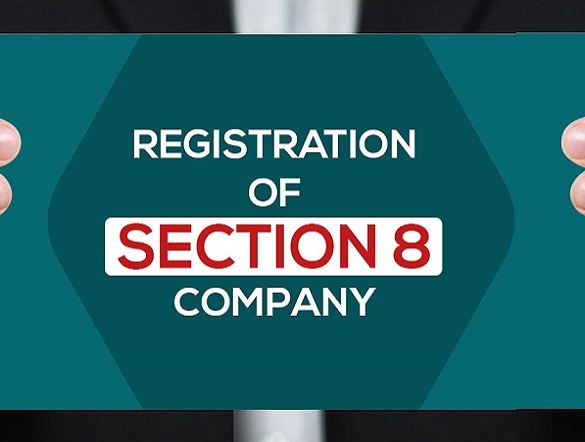Documents Required for Section 8 Company Registration
| CATEGORY | DOCUMENTS REQUIRED |
| PROPRIETORSHIP | · ADHAR Card and PAN Card
· Mobile no and email address · Electricity bill of office address · If rented, NOC and rent agreement · Application Form (INC-12) · DIN & DSC (Digital Signature Certificate) · Passport size photo |
| PARTNERSHIP | · Same documents as of proprietor
· Partnership Deed · Partnership PAN Card |
| LLP | · Same documents as of proprietor
· LLP Agreement · LLP PAN Card |
| TRUST | · Same documents as of proprietor
· Trust Deed · Registration certificate · Trust PAN card |
| SOCIETY | · Same documents as of proprietor
· Registration certificate · Society PAN Card |

